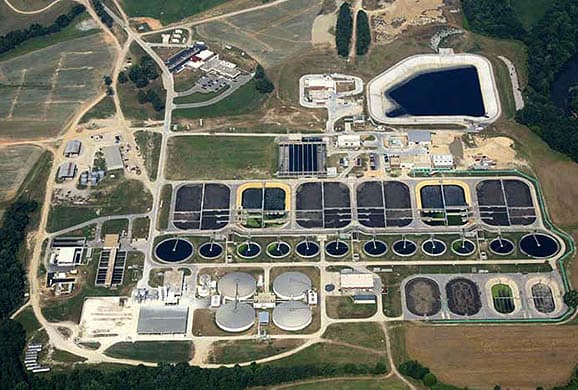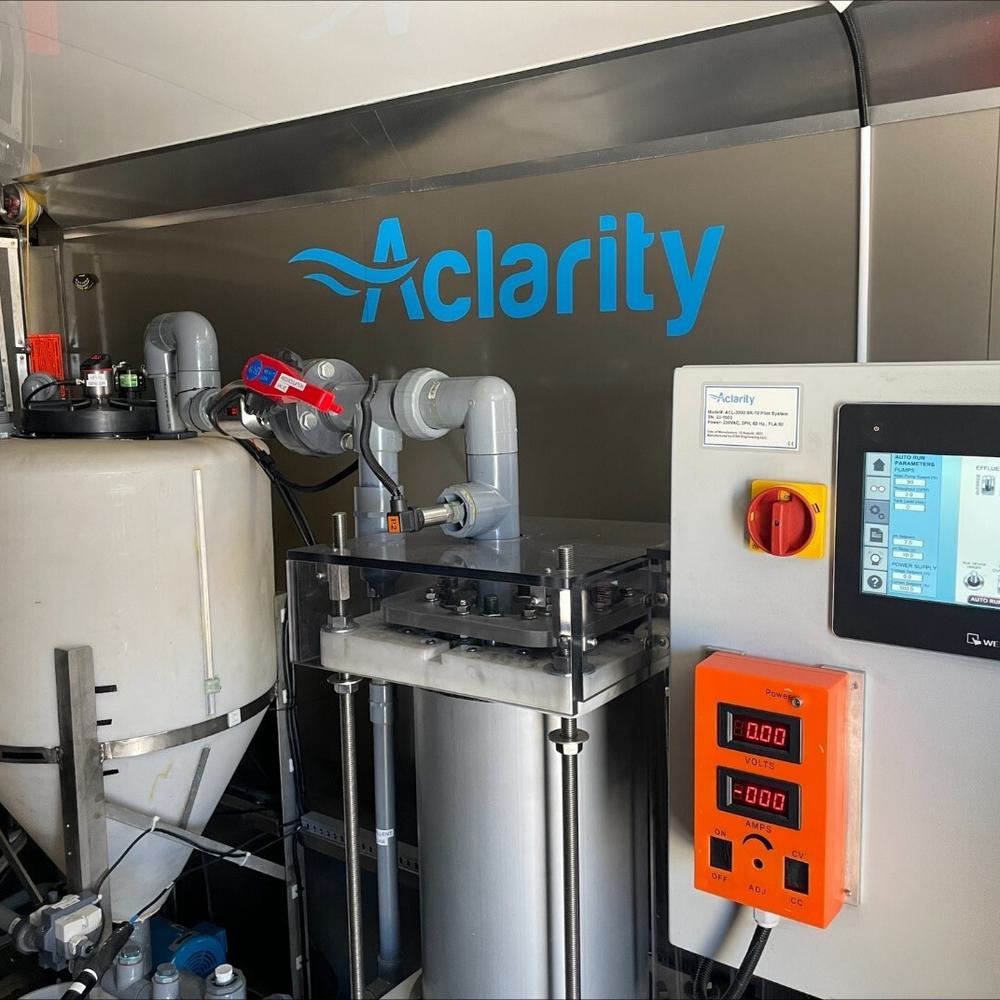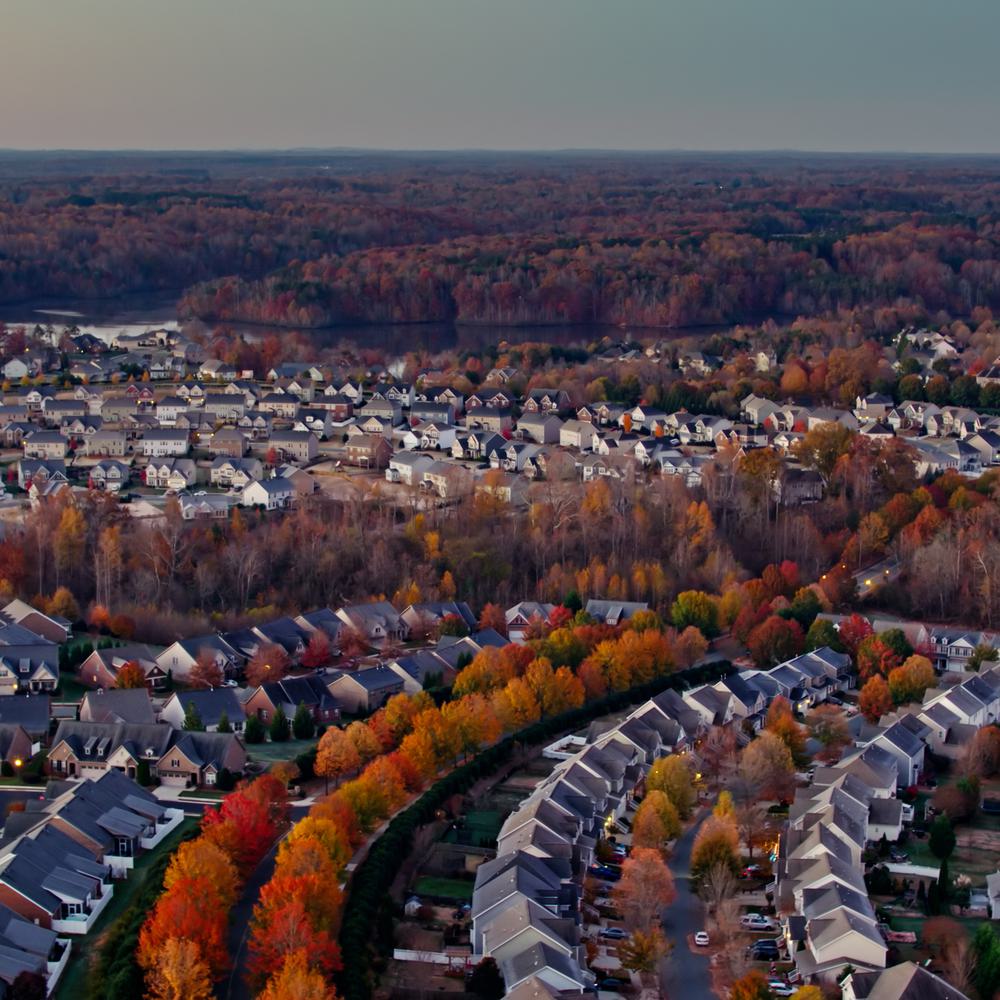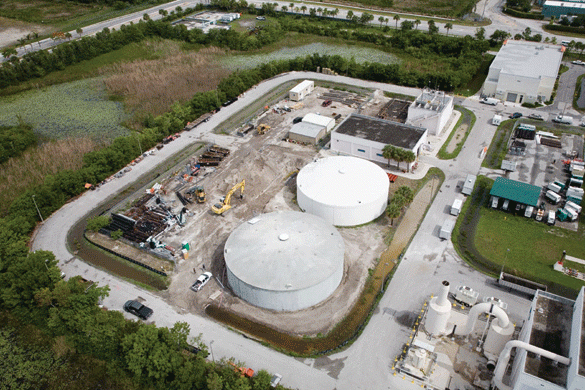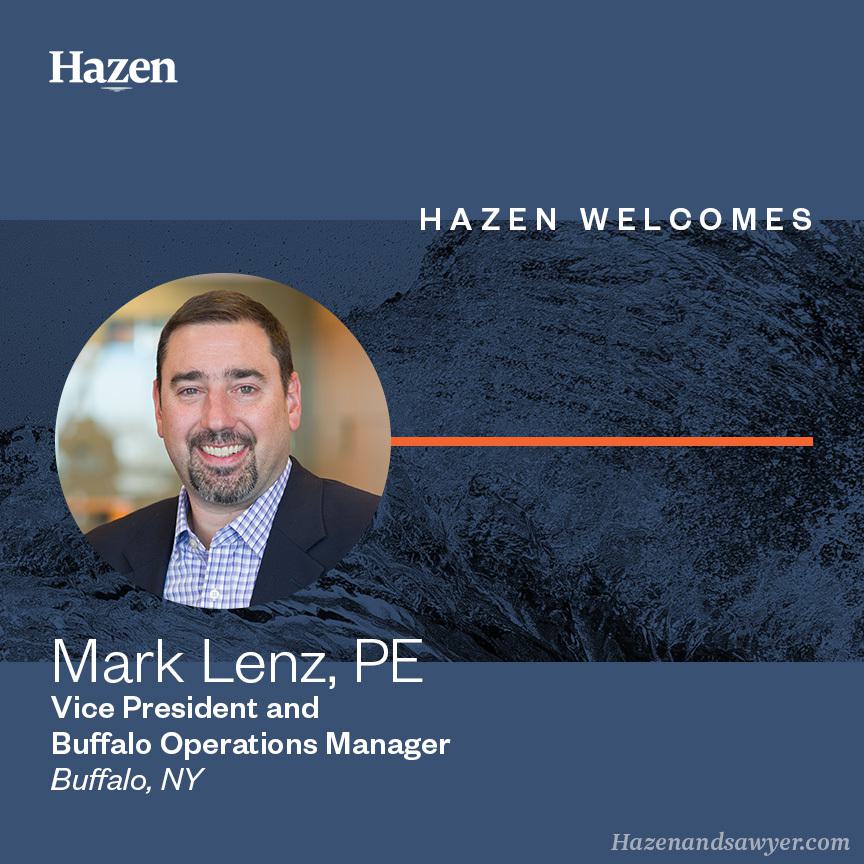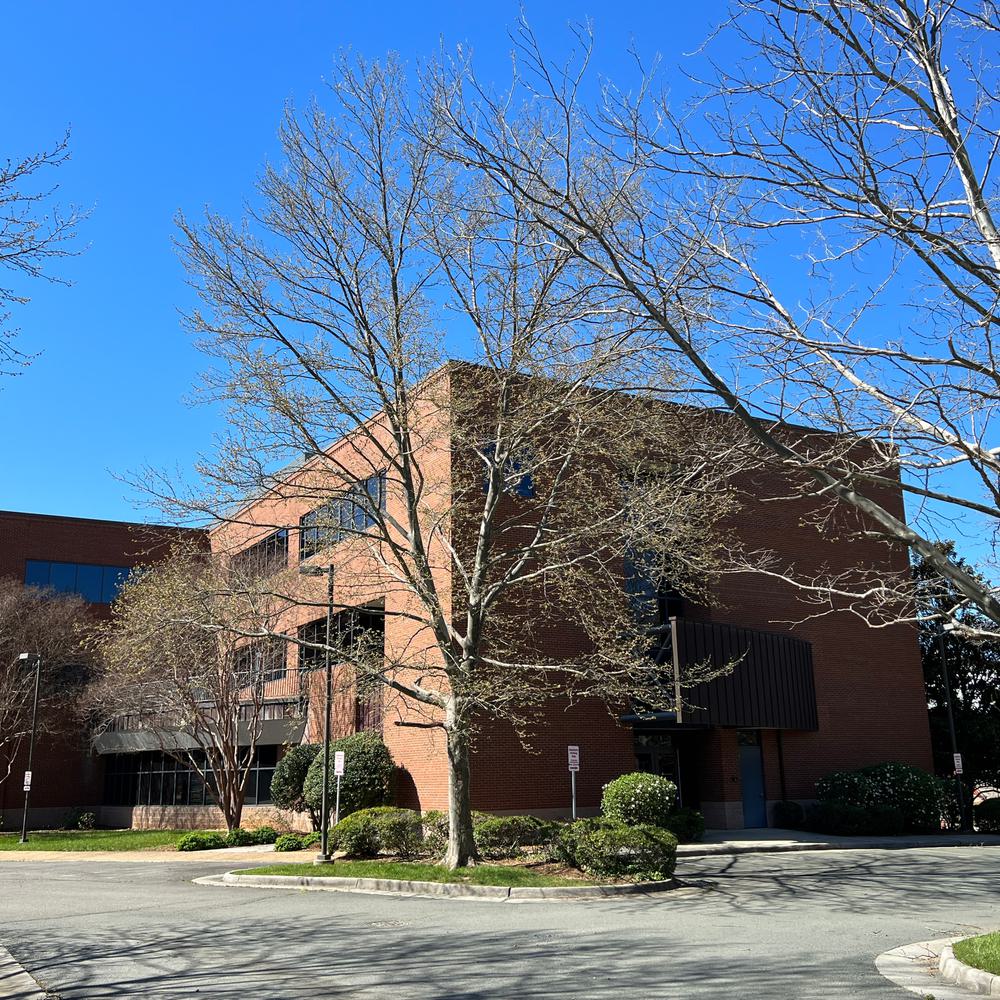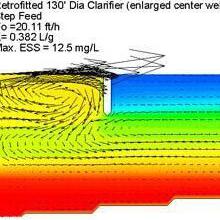Neuse River Wastewater Treatment Plant Upgrades and Expansion
Rapid residential development in the City of Raleigh necessitated the improvement and phased expansion of the Neuse River facility. Improvements included a new equalization basin to handle wet weather flows, facilities for total nitrogen removal, a sludge management plan, and conversion of the existing chlorine contact tanks to ultraviolet disinfection.
Hazen and Sawyer was contracted to complete these upgrades and also perform an energy audit to identify efficiency improvements and reduce the facility’s energy costs.

Paul Pitt is a leading expert in wastewater treatment plant design and operation and serves as Hazen’s Director of Wastewater Technology.
Related Topics:
Increased Capacity, Decreased Energy Costs
Process improvements provide an aeration capacity nearly three times that of the previous system and resulted in a 20% annual savings in energy costs.
Project Outcomes and Benefits
- Process improvements provide an aeration capacity nearly three times that of the previous system and resulted in a 20% annual savings in energy costs.
- Comprehensive energy evaluation showed that the addition of primary treatment facilities and the replacement of existing surface aerators with fine bubble diffused aeration would significantly reduce energy costs.
- Total nitrogen removal facilities were also constructed to provide biological nitrogen removal.
- Phased construction enabled the implementation of improvements within the financial ability of the City. Phase I improvements included new grit and scum removal facilities, primary settling tanks and pumping equipment, new waste activated sludge facilities, new flow equalization facilities and flow distribution structures. Phase II improvements included a central control and information room and the new aeration system employing fine and coarse bubble diffusers, centrifugal blowers, and a computer-based blower/dissolved oxygen control system.
